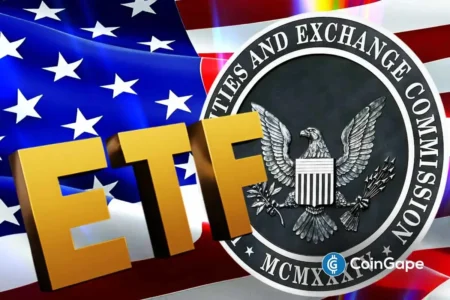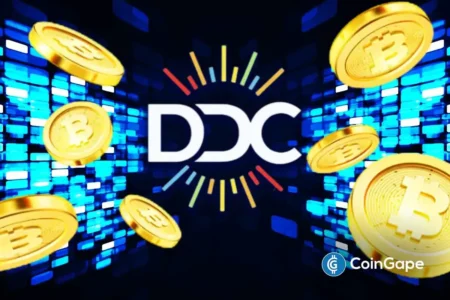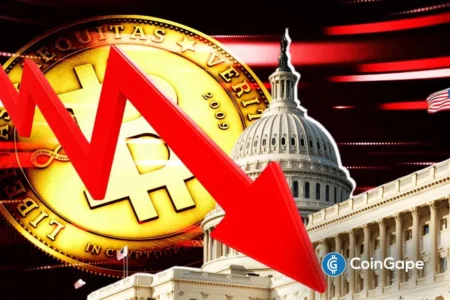April Personal Income and Spending Data: An Overview
The latest personal income and spending figures released by the Bureau of Economic Analysis (BEA) provide valuable insights into the financial status of Americans. According to the data, the U.S. Personal Consumption Expenditures (PCE) index—a crucial indicator of inflation—has shown modest yet noteworthy changes. In April, the PCE index increased by 0.1% compared to the previous month, aligning with expert forecasts. Year-over-year, the PCE has risen by 2.1%, slightly below the expected 2.2%, indicating that consumer prices have indeed been on the rise.
Wages, Benefits, and Income Dynamics
The rise in personal income is largely attributed to increased government benefits, notably from the Social Security Fairness Act. Moreover, private wages, especially in service-oriented sectors, have contributed positively to overall income by an estimated $53.1 billion. Conversely, wages in goods-producing industries experienced a slight dip of $3.1 billion, revealing a mixed landscape in employment and earnings. It’s evident that the economic recovery is still underway, supported by rising incomes that keep consumption levels afloat.
Core PCE: A Stabilizing Measure
Analysts also look closely at the Core PCE, which excludes volatile food and energy prices. This index has risen by 0.1% on a month-to-month basis, consistent with expectations, and has seen a yearly increase of 2.5%. This steadiness in core inflation offers some reassurance, particularly as it nears the Federal Reserve’s target of 2%. The exclusion of food and energy helps provide a clearer picture of underlying inflation trends, allowing policymakers to make better-informed decisions.
Cautious Optimism from Economic Analysts
Walter Bloomberg, in light of the recent data, highlighted insights from Olu Sonola of Fitch Ratings, who characterized the PCE report as "the calm before the storm." Sonola suggests that the Federal Reserve may take a wait-and-see approach before implementing any significant policy changes, such as adjusting interest rates. He predicts that the Fed will remain cautious until there are unmistakable signals of economic deterioration, such as increased unemployment or decreased consumer spending. This perspective reflects a broader understanding of economic vulnerability amidst seemingly resilient consumer behavior.
Cryptocurrency Market Response
Interestingly, the release of the U.S. PCE data coincided with fluctuations in the cryptocurrency market, which saw a 2.84% decline in total market cap. As of the latest tracking by CoinMarketCap, the top 100 cryptocurrencies experienced a downward shift of 2.95%. Despite this, the crypto landscape is not entirely bleak; the Fear & Greed Index registered at 61, indicating a transition toward investor optimism, primarily in Bitcoin. Traders remain hopeful, as exhibited by noted trader James Wynn’s intent to recover losses incurred during recent downturns.
Conclusion
The April personal income and spending numbers reveal a complex economic scenario in the U.S., marked by steady inflation and mixed signals in wage growth. While the PCE and Core PCE indices exhibit resilience, the cautious stance of economic analysts, coupled with fluctuations in the cryptocurrency market, suggests that close attention must be paid to future developments. As consumers navigate their financial realities, the ability to manage expenditures against a backdrop of rising prices will be critical in shaping the overarching economic narrative in the months to come.
This SEO-optimized article captures essential insights onto the recent economic data and market responses, formatted for clearer readability and engagement.

















